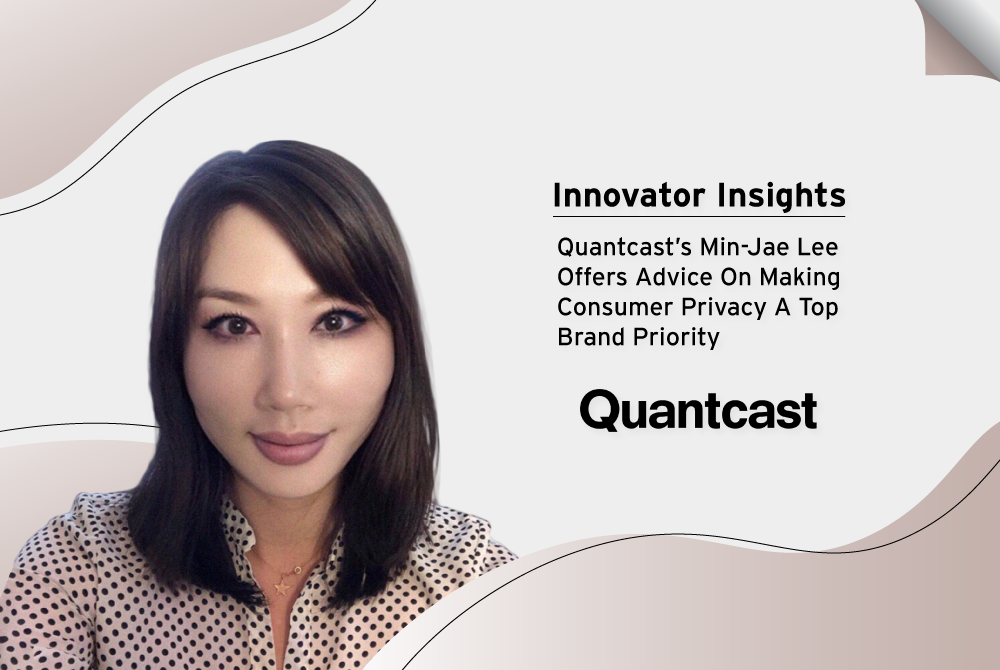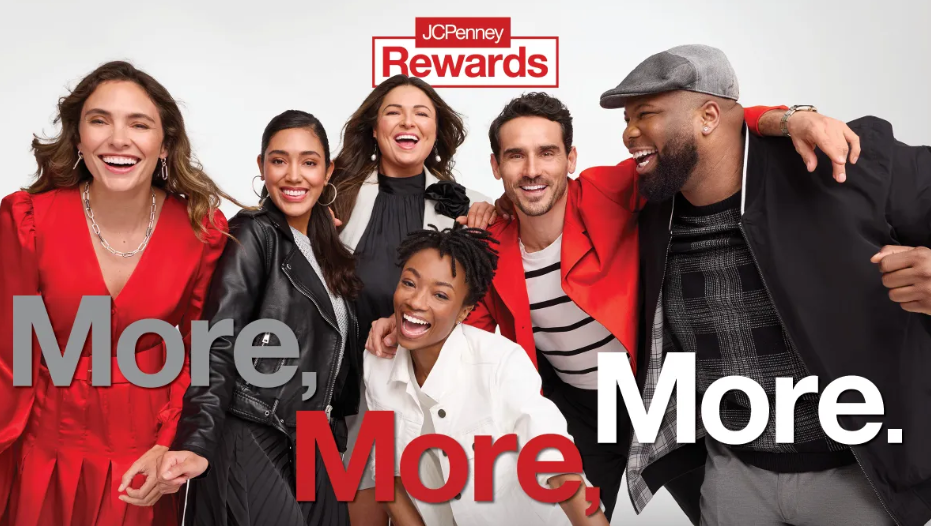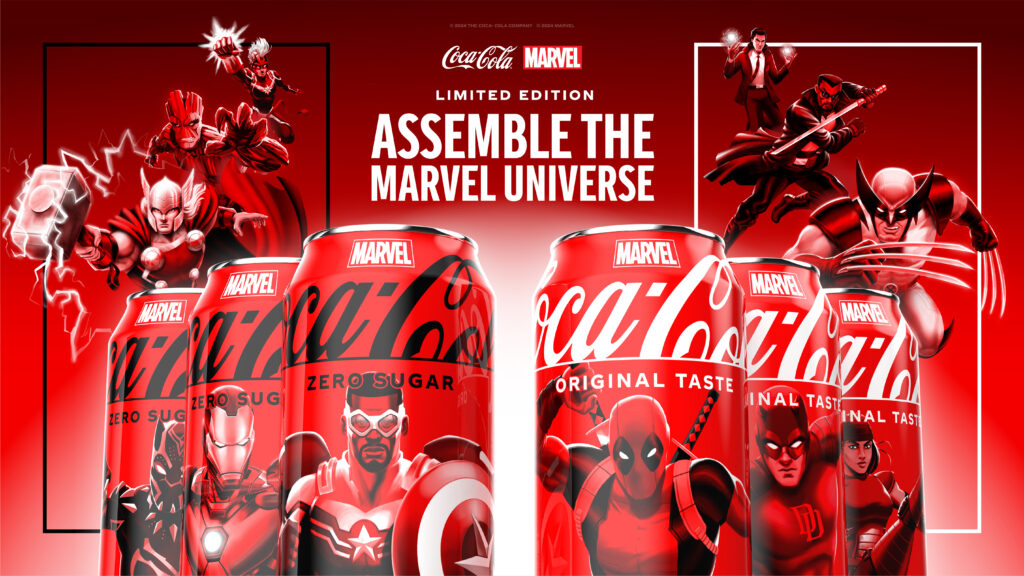Most brands have some kind of privacy policy about how they use their customers’ information, even if it’s buried somewhere in the far reaches of their web site and written in legalese that discourages anyone from reading it. Min-Jae Lee is one of the few people who will not only read those policies and understand them, but will challenge brands to do better.
This past June, Lee joined Quantcast as its new chief privacy officer, where she is responsible for driving Quantcast’s privacy-first approach and helping brands and publishers manage consumer consent.
Lee’s background includes stints at Spotify, Adobe and most recently The Trade Desk, where she was on the front lines of helping the company and its clients adapt to rules such as the E.U.’s General Data Protection Regulation (GDPR) and the California Consumer Privacy Act (CCPA), among others.
“What these types of regulations brought to the table was real teeth and enforcement,” Lee told Brand Innovators in a recent interview. “They helped the industry learn that people really do care about how their data is used and are aware. Maybe not in detail, but that’s on us as an industry to let them know.”
A trained lawyer with a focus on intellectual property, technology, and civil liberties, Lee has also worked with the Network Advertising Initiative (NAI) and the Interactive Advertising Bureau (IAB). She said Quantcast’s privacy-first approach meshes well with her previous experience, and offers her a platform to advocate on behalf of consumers in a way that shows it’s in brands’ best interest to listen to them.
“One of the things we have to remember is that people have a lot of choices now,” she said, using the plethora of Over-The-Top services as just one example. “If brands don’t give consumers a meaningful choice and respect how they’re using their information in a transparent way, they will vote with their remote control.”
Three of Lee’s top recommendations to make privacy a bigger priority are:
1. Do What’s Right Now, Not Once It’s The Law
Lee said she’s heard “rumblings” about the possibility of more state privacy bills or even federal legislation. The latter could be particularly welcome, she said, if it can offer a way to unify and align what is a fragmented landscape for privacy today.
“I’m not sure that the best outcome for users is having businesses attempting to track every nuance of every state regulation,” Lee said. “The regulations should all have the same intentions and underlying principles. But there’s a lot we can do with the capabilities we have today to improve privacy. Technology will always move faster than regulation.”
2. Remember The Role Of Privacy In The Advertising Value Exchange
Lee is well aware that many brands cross the line in terms of privacy out of what they feel are good intentions. Most marketers are keen on using tools to better personalize the way they connect with consumers, but that means collecting more data about them.
When personalization is handled with privacy protection in the foreground, she said, brands stand a better chance of striking a balance between personalization and overreach.
“Most users who want their privacy respected aren’t looking to have it locked in a box,” she said. “They’re choosing publishers who have content that is relevant in their lives. We have to keep reminding ourselves and our clients that it’s about what consumers want, not what we want. And the question is whether they want to receive a smaller number of really relevant ads, and a place where their data isn’t sold and resold.”
3. Designing For Privacy Goes Beyond A Banner Ad
Try this exercise: tally up the number of websites you visit in a day and how many times you have to click a button that verifies you’ll accept a brand’s use of cookies. Although technically this demonstrates a consent-based approach to marketing, Lee pointed out that it obviously has its tradeoffs.
“Consent fatigue is a real thing. We need to find better ways to do that than those banners, which I really see as simply ‘Version 1’ or part of an evolution,” she said. “It’s better than having zero notice whatsoever. But it’s an onus on the industry and us as professionals to innovate on how we do those things.”
This might sound easy to say for someone who is dedicated to thinking about privacy, but Lee suggested it shouldn’t take giving someone a title to advocate on behalf of consumers and the appropriate use of their personal information.
“Whether the company has a chief privacy officer or not, you can always think like the chief user, in the sense that you keep the user’s point of view front of mind. Historically, the ad tech industry hasn’t done a great job of keeping that as its focus. I think there’s some urgency to rebuild that trust, and it’s doable, as long as we keep the user at the center of our thoughts and policies.”




